The first time I tasted crawfish étouffée, it was a warm spring night in Houston, the air fragrant with magnolia blossoms and spice. The sauce was rich, dark, and silky, clinging to each grain of rice like a secret passed down through generations. This Pappadeaux Crawfish Étouffée recipe isn’t just a copy—it’s an homage to Louisiana’s culinary soul.
Inside the Pappadeaux Crawfish Étouffée Recipe
Few dishes say “South” like étouffée. A hallmark of Louisiana’s Cajun and Creole traditions, the word “étouffée” means “smothered” in French—apt for this slow-simmered seafood stew, where sweet crawfish tails bathe in a roux-thickened sauce layered with onions, peppers, and spices.
If you’ve ever had the Pappadeaux Crawfish Étouffée Recipe, you know just how unforgettable it can be. What sets it apart is the velvety texture and deep, toasty roux. While some étouffées lean heavy on tomatoes or cream, Pappadeaux’s version relies on flavor built patiently: butter browned to just the edge of burn, flour stirred endlessly until coppery, and a bold Cajun seasoning that hits every corner of your palate—salty, spicy, umami, earthy.
The result? A dish that’s both rustic and elegant. Meant to be spooned over a bed of fluffy white rice, served alongside crusty bread, and shared with people who love to linger around the table.
This is the kind of crawfish étouffée that brings people back for seconds—and inspires home cooks to recreate the magic in their own kitchens. Whether you’re celebrating Mardi Gras or chasing the flavors of the Gulf Coast on a quiet Sunday evening, this Pappadeaux Crawfish Étouffée Recipe delivers comfort, depth, and just the right touch of Louisiana heat.
Ingredients List
Here’s what you’ll need for a faithful Pappadeaux-style crawfish étouffée (serves 8):
For the Roux
- ½ cup unsalted butter
- ½ cup all-purpose flour
For the Étouffée Base
- 1 large yellow onion, finely diced
- 1 green bell pepper, chopped
- 2 ribs celery, chopped
- 4 cloves garlic, minced
- 3 tablespoons tomato paste
- 2 teaspoons Cajun seasoning (store-bought or homemade)
- 1 teaspoon smoked paprika
- ½ teaspoon cayenne pepper (adjust to taste)
- 1 bay leaf
- Salt and black pepper, to taste
- 1 cup seafood or chicken stock
- 1 tablespoon Worcestershire sauce
- 2 teaspoons hot sauce (like Crystal or Tabasco)
Seafood
- 1½ to 2 pounds crawfish tail meat (preferably with fat)
- 2 tablespoons butter (for finishing)
- 2 green onions, thinly sliced (for garnish)
- Fresh parsley, chopped (optional)
To Serve
- 6 cups cooked white rice
- Lemon wedges (optional)
Tools Needed for Preparation
Making the Pappadeaux Crawfish Étouffée Recipe doesn’t require a restaurant kitchen—just the right basics and a bit of patience.
- Large cast iron skillet or Dutch oven: Crucial for building a dark roux without burning.
- Wooden spoon or roux whisk: You’ll stir constantly, and these help scrape the bottom clean.
- Chef’s knife + cutting board: For prepping the holy trinity (onion, pepper, celery).
- Measuring cups and spoons: Essential for seasoning accuracy.
- Ladle: For serving the stew gracefully.
- Rice cooker or medium pot: You want light, separate grains to soak up that velvety sauce.
- Mixing bowl: Optional, for tossing crawfish in seasoning before they go in the pot.
Optional but helpful:
- Digital thermometer: To monitor roux heat if you’re cautious.
- Kitchen scale: For precisely measuring crawfish.
Pappadeaux Crawfish Étouffée Recipe: Easy Additions & Swaps
Sometimes, you just can’t find everything on your list—especially crawfish outside of Louisiana. Thankfully, this recipe is flexible while staying true to its soul.
No Crawfish? No Problem
Crawfish is the star of the original Pappadeaux Crawfish Étouffée recipe, but shrimp makes an excellent substitute. Choose medium-sized Gulf shrimp, peeled and deveined. Add them raw during the final simmer so they remain juicy—not rubbery. You can also use cooked chicken thigh meat in a pinch for a land-based twist.
Dairy-Free or Gluten-Free Roux
Want to make a roux without butter? Use a neutral oil like vegetable or canola—just know the flavor won’t be quite as rich. Gluten-free flour can work too, though you’ll need to stir more gently and accept a slightly different texture.
No Cajun Seasoning on Hand?
Make your own blend! Mix:
- 1 tsp paprika
- ½ tsp garlic powder
- ½ tsp onion powder
- ¼ tsp thyme
- ¼ tsp oregano
- ¼ tsp cayenne
- ½ tsp salt
- ¼ tsp black pepper
It’s customizable and fresher than anything pre-packaged.
Alcohol-Free Version?
The original recipe sometimes includes a splash of dry sherry or white wine for depth. If you’d prefer not to use alcohol, simply replace it with seafood stock or a squeeze of lemon juice to keep the brightness.
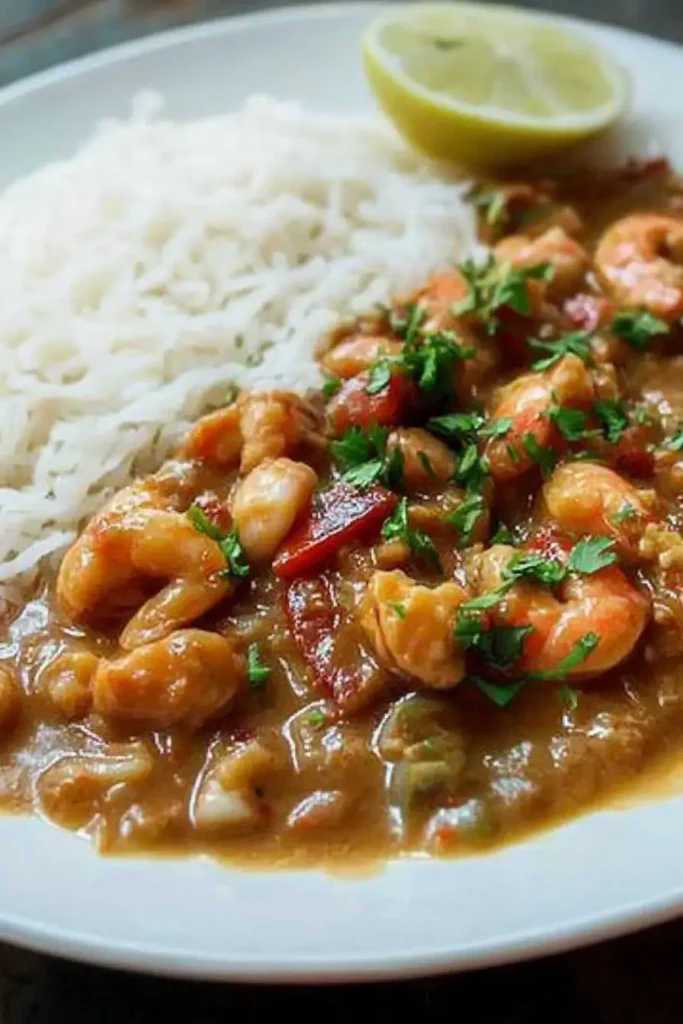
Step-by-Step Instructions
Now, let’s bring it all together—this is where the magic happens. The essence of the Pappadeaux Crawfish Étouffée recipe lies in patience, especially with the roux. Here’s how to build that depth of flavor, layer by layer:
❶ Make the Roux
Place a heavy-bottomed skillet or Dutch oven over medium heat. Add ½ cup butter and let it melt completely. Sprinkle in ½ cup flour, whisking constantly.
You’re aiming for a dark peanut butter color—rich and toasty, not burnt. This will take 15–20 minutes of constant stirring. If it smells nutty but not scorched, you’re golden.
❷ Sauté the Trinity
Once your roux is just right, add the onion, bell pepper, and celery—this aromatic blend is the heartbeat of Louisiana cooking.
Cook for 5–7 minutes, stirring often, until the vegetables soften and soak up the roux. Then stir in the garlic, letting it cook just 30 seconds to bloom its flavor.
❸ Add the Tomato & Spices
Mix in the tomato paste, Cajun seasoning, paprika, cayenne, bay leaf, Worcestershire sauce, and a couple dashes of hot sauce. Stir until well combined.
Let it cook another 2–3 minutes to allow the spices to toast slightly. This small step deepens the final flavor dramatically.
❹ Deglaze and Simmer
Slowly pour in your seafood stock while stirring. This loosens the roux and transforms it into a thick, velvety sauce.
Reduce the heat and let it simmer gently, uncovered, for 10–15 minutes. The sauce should thicken and deepen in color.
❺ Add Crawfish
Stir in the crawfish tails and their juices if available. Cook just until heated through—about 5 minutes.
Crawfish are delicate and already cooked, so overcooking them will make them rubbery. You want them tender and infused with the sauce.
❻ Finish and Serve
Add a knob of butter to finish the sauce, stirring until melted. Taste and adjust seasoning—more salt, cayenne, or hot sauce if needed.
Serve a generous ladleful over steamed white rice, and garnish with green onions and fresh parsley.
Optional: A wedge of lemon brightens it up just before serving.
Serving the Pappadeaux Crawfish Étouffée Recipe
The beauty of crawfish étouffée lies not just in its flavor, but in how it brings people together. Whether it’s for a springtime crawfish boil after-party, Mardi Gras, or a cozy Sunday supper, serving a homemade Pappadeaux Crawfish Étouffée Recipe can elevate the whole experience.
The Right Rice Matters
Serve your Pappadeaux Crawfish Étouffée over hot, fluffy long-grain white rice. Not sticky or overcooked—the grains should stay separate, each catching that silky sauce. A rice cooker makes this part simple, but stovetop works just as well.
Want to be extra? Try dirty rice or buttered jasmine for a little twist.
Bread for Sopping
A thick slice of French bread, crusty on the outside and pillowy within, is non-negotiable for many. It’s the classic way to swipe the last bits of roux-rich sauce from your plate.
Light Sides
Balance the richness with something crisp and cool. A creole tomato salad, pickled okra, or a simple cucumber vinaigrette do the job well.
What to Drink?
- A cold Abita beer (brewed in Louisiana) is perfect.
- Prefer wine? Go for a chilled Chardonnay or dry Riesling to cut the richness.
- Sweet tea or lemonade keeps things family-friendly.

Pappadeaux Crawfish Étouffée Recipe: Top Tips
Even if you’ve never cooked Louisiana food before, this Pappadeaux Crawfish Étouffée Recipe can come out restaurant-level with just a few smart moves.
Master the Roux
- Don’t rush. Medium heat is your friend.
- Stir constantly. Even 10 seconds of distraction can scorch it.
- Smell it. When it’s nutty and rich, you’re there.
Respect the Holy Trinity
That mix of onion, celery, and bell pepper is foundational—dice everything evenly for a consistent texture and better sautéing.
Season in Layers
Start with Cajun seasoning in the base, then taste after every major addition. Crawfish is delicate—you don’t want to overwhelm it.
Use Crawfish Fat, If You Can Find It
That golden-orange fat often packed with frozen crawfish tails? Don’t toss it. It adds authentic depth and color to the étouffée.
Let It Rest
Like gumbo, étouffée gets better with a little time. Let it sit, covered, for 10–15 minutes before serving. The sauce thickens, the flavors meld, and the crawfish tenderizes further.
Storage Instructions
If you’re lucky enough to have leftovers, étouffée stores and reheats beautifully—if you do it right.
Refrigeration
- Store in an airtight container for up to 3 days.
- Reheat gently in a saucepan over low heat, adding a splash of stock or water to loosen.
Freezing
- Best without rice.
- Freeze in airtight containers for up to 2 months.
- Thaw overnight in the fridge, then reheat slowly on the stove.
Avoid Microwaving Crawfish
Seafood toughens easily in the microwave. If you must use it, do so on 50% power in short bursts, stirring between each.
Make-Ahead Friendly
The étouffée base (everything before adding crawfish) can be made 1–2 days in advance. Just add the crawfish when reheating for the freshest flavor.
FAQ
What’s the difference between étouffée, gumbo, and jambalaya?
Great question—and a common one. Étouffée is a thick, stew-like dish typically served over rice. Gumbo is more of a soup, often made with okra or filé powder. Jambalaya is a one-pot rice dish, similar to paella, with the rice cooked directly in the sauce.
Can I use frozen crawfish?
Yes! In fact, most people outside the Gulf Coast rely on frozen crawfish tail meat, typically imported from Louisiana or China. Just make sure it’s fully thawed and drained, and keep the fat if included—it’s liquid gold.
Is it okay to use oil instead of butter for the roux?
Absolutely. While butter adds richness, vegetable oil is more forgiving and less likely to burn. It also helps if you’re going for a dairy-free version.
Is it supposed to be spicy?
Pappadeaux’s crawfish étouffée carries a gentle Cajun warmth—not a five-alarm fire. Adjust the cayenne and hot sauce to suit your palate. Remember, you can always add more heat later, but you can’t take it out.
Why serve étouffée over rice?
Because it’s tradition! And because that savory sauce needs something to soak into. White rice balances the boldness and helps stretch the dish to feed more folks.
Additional Recommended Recipes
If you loved this Pappadeaux Crawfish Étouffée Recipe, try one of these next for more bold, Louisiana-style inspiration:
- Easy Crawfish Etouffee Recipe with Cream of Mushroom – A creamy shortcut version of the classic, rich and ready in no time.
- Crawfish Bisque Recipe – Deep, soulful Cajun flavor with a velvety texture and stuffed crawfish heads.
- Shrimp and Mirliton Casserole – A New Orleans favorite that’s hearty, briny, and perfect for holiday gatherings.
- Louisiana Fried Catfish Recipe – Crispy, golden fillets seasoned to perfection—ideal with a side of étouffée.
These dishes bring the taste of the bayou to your table—spicy, satisfying, and full of Southern soul.
Conclusion
This Pappadeaux Crawfish Étouffée recipe is more than a restaurant copy—it’s a portal to a porch in Louisiana, a table full of laughter, and a bowl of something made with love, roux, and a little patience.
Whether you grew up on the Gulf or you’re discovering étouffée for the first time, this dish is for you. It’s the kind of meal that turns guests into family and dinner into celebration.
So set your table, scoop the rice, and ladle on that golden sauce. Then dig in, and let the flavors tell their story.
Print
Pappadeaux Crawfish Étouffée Recipe
- Total Time: 65 minutes
- Yield: 8 servings 1x
Description
This rich, buttery crawfish étouffée captures the soul of Louisiana with bold Cajun spices and a velvety roux.
Ingredients
For the Roux:
- ½ cup unsalted butter
- ½ cup all-purpose flour
For the Étouffée Base:
- 1 large yellow onion, finely diced
- 1 green bell pepper, chopped
- 2 ribs celery, chopped
- 4 cloves garlic, minced
- 3 tablespoons tomato paste
- 2 teaspoons Cajun seasoning
- 1 teaspoon smoked paprika
- ½ teaspoon cayenne pepper (adjust to taste)
- 1 bay leaf
- Salt and black pepper, to taste
- 1 cup seafood or chicken stock
- 1 tablespoon Worcestershire sauce
- 2 teaspoons hot sauce (like Crystal or Tabasco)
Seafood:
- 1½ to 2 pounds crawfish tail meat (preferably with fat)
- 2 tablespoons butter (for finishing)
- 2 green onions, thinly sliced (for garnish)
- Fresh parsley, chopped (optional)
To Serve:
- 6 cups cooked white rice
- Lemon wedges (optional)
Instructions
- Make the Roux: In a heavy-bottomed skillet or Dutch oven, melt ½ cup butter over medium heat. Add flour and stir constantly for 15–20 minutes until a deep peanut butter color forms.
- Sauté the Trinity: Add onion, bell pepper, and celery. Sauté for 5–7 minutes, then stir in garlic and cook for 30 seconds.
- Add Tomato & Spices: Stir in tomato paste, Cajun seasoning, paprika, cayenne, bay leaf, Worcestershire, and hot sauce. Cook for 2–3 minutes.
- Deglaze & Simmer: Gradually stir in stock. Simmer for 10–15 minutes until thickened.
- Add Crawfish: Add crawfish and juices, simmer for 5 minutes. Do not overcook.
- Finish & Serve: Stir in 2 tablespoons butter, adjust seasoning. Serve over rice, garnish with green onions, parsley, and lemon wedges.
Notes
- Substitute shrimp or chicken if crawfish isn’t available.
- For gluten-free, use GF flour; for dairy-free, use oil for roux.
- Étouffée base can be made ahead; add seafood when reheating.
- Store up to 3 days in fridge or 2 months frozen (without rice).
- Prep Time: 20 minutes
- Cook Time: 45 minutes
- Category: Main Course
- Method: Simmering
- Cuisine: Cajun/Creole
Nutrition
- Serving Size: 1½ cups with rice
- Calories: 410 kcal
- Sugar: 3 g
- Sodium: 720 mg
- Fat: 24 g
- Saturated Fat: 12 g
- Unsaturated Fat: 10 g
- Trans Fat: 0 g
- Carbohydrates: 26 g
- Fiber: 2 g
- Protein: 24 g
- Cholesterol: 145 mg
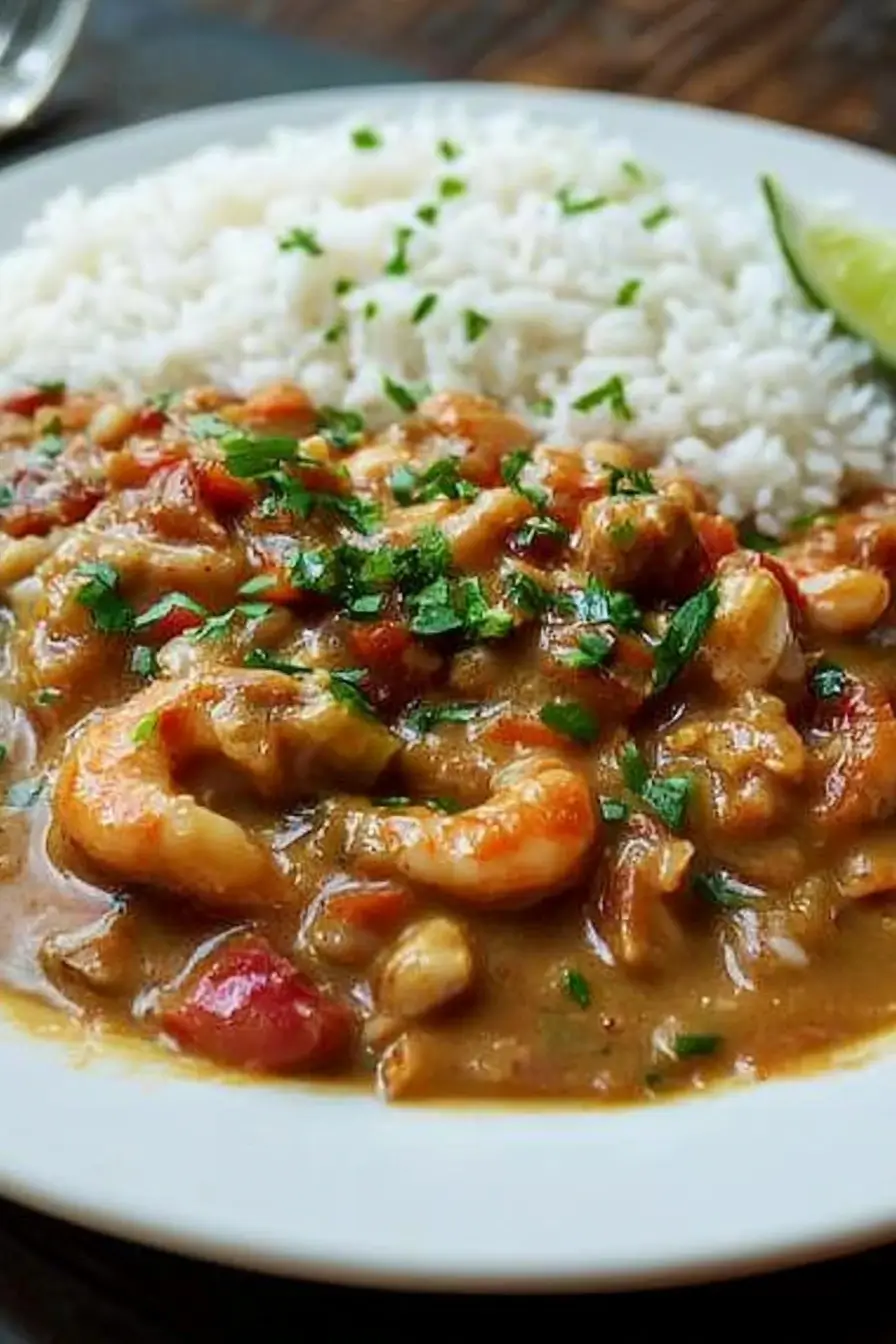


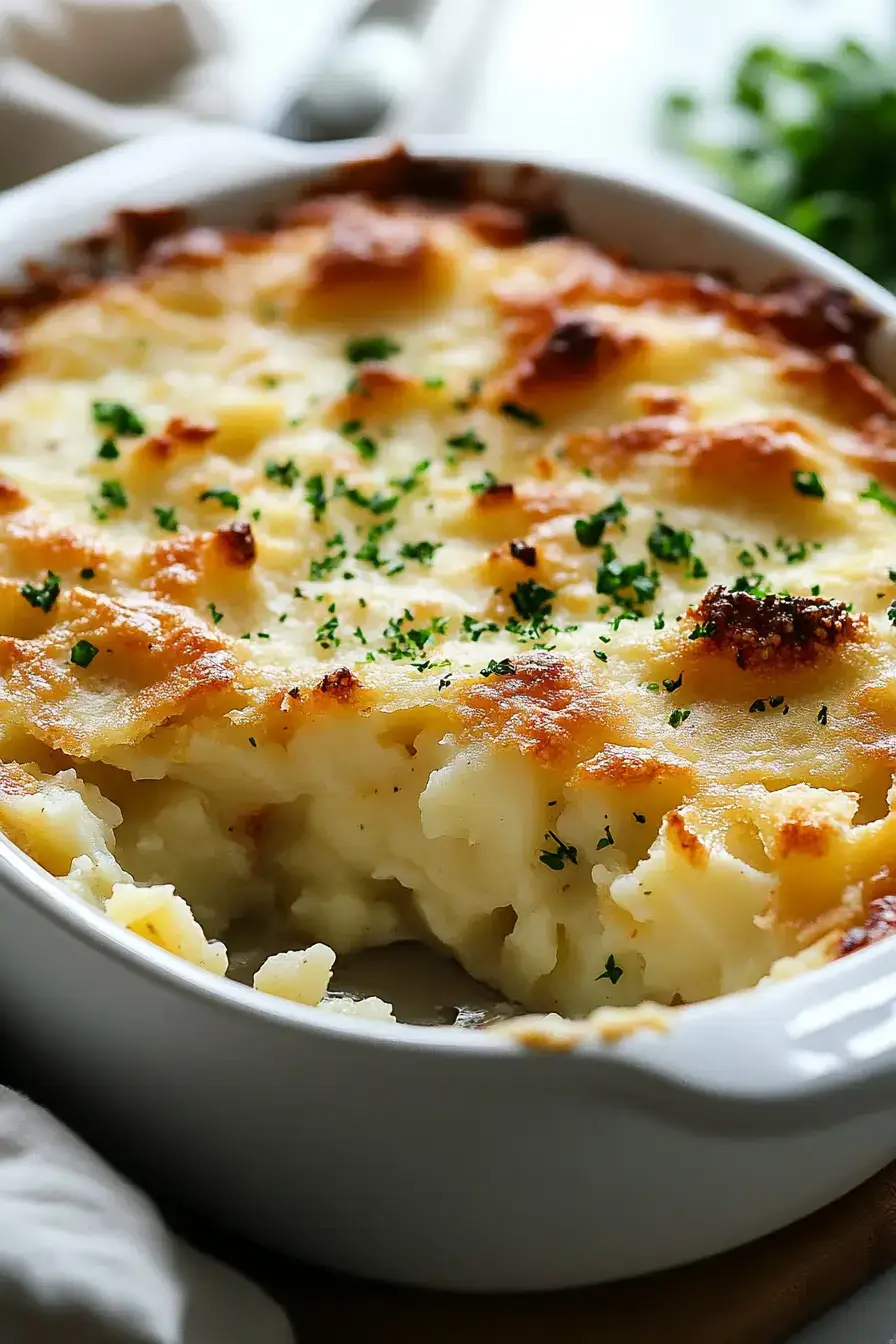
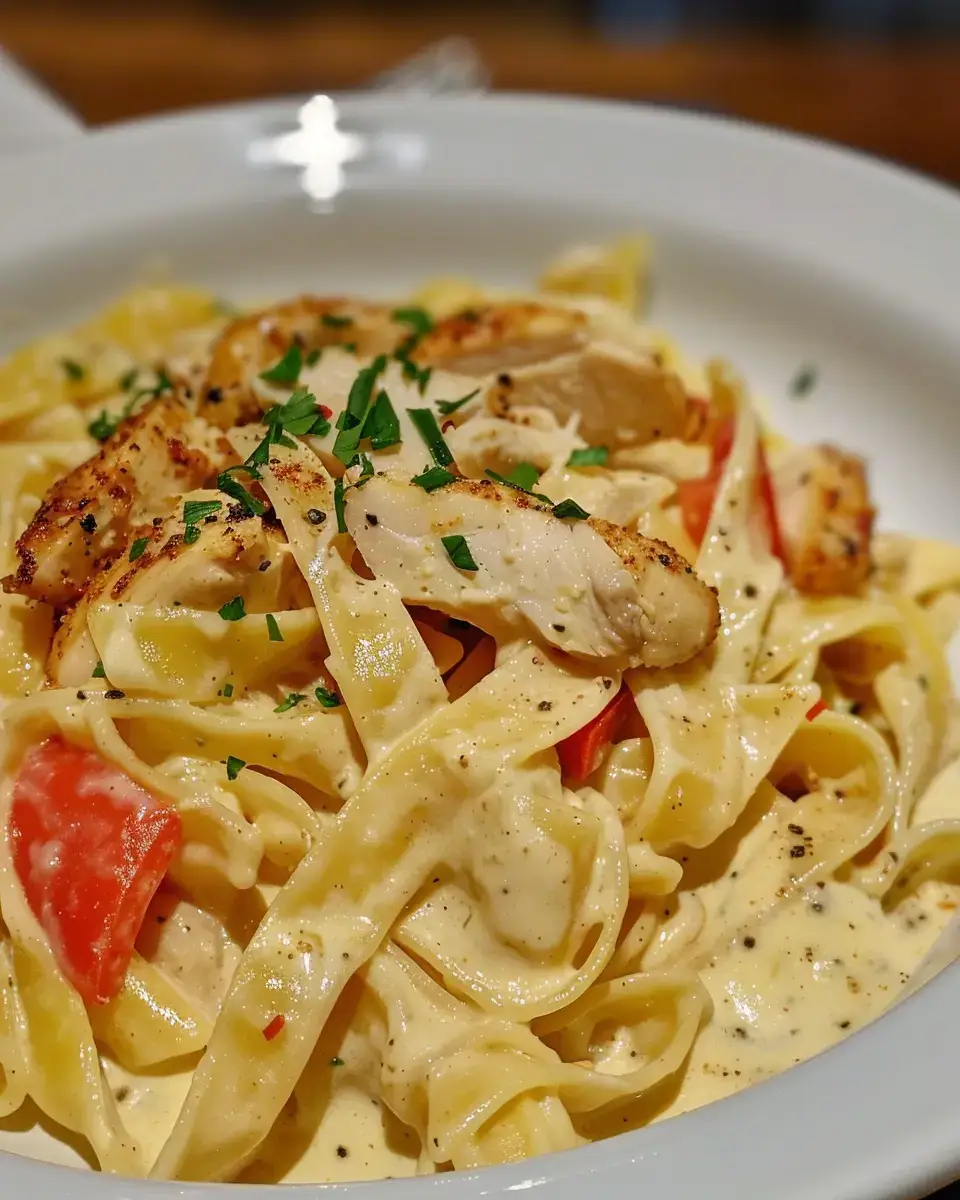
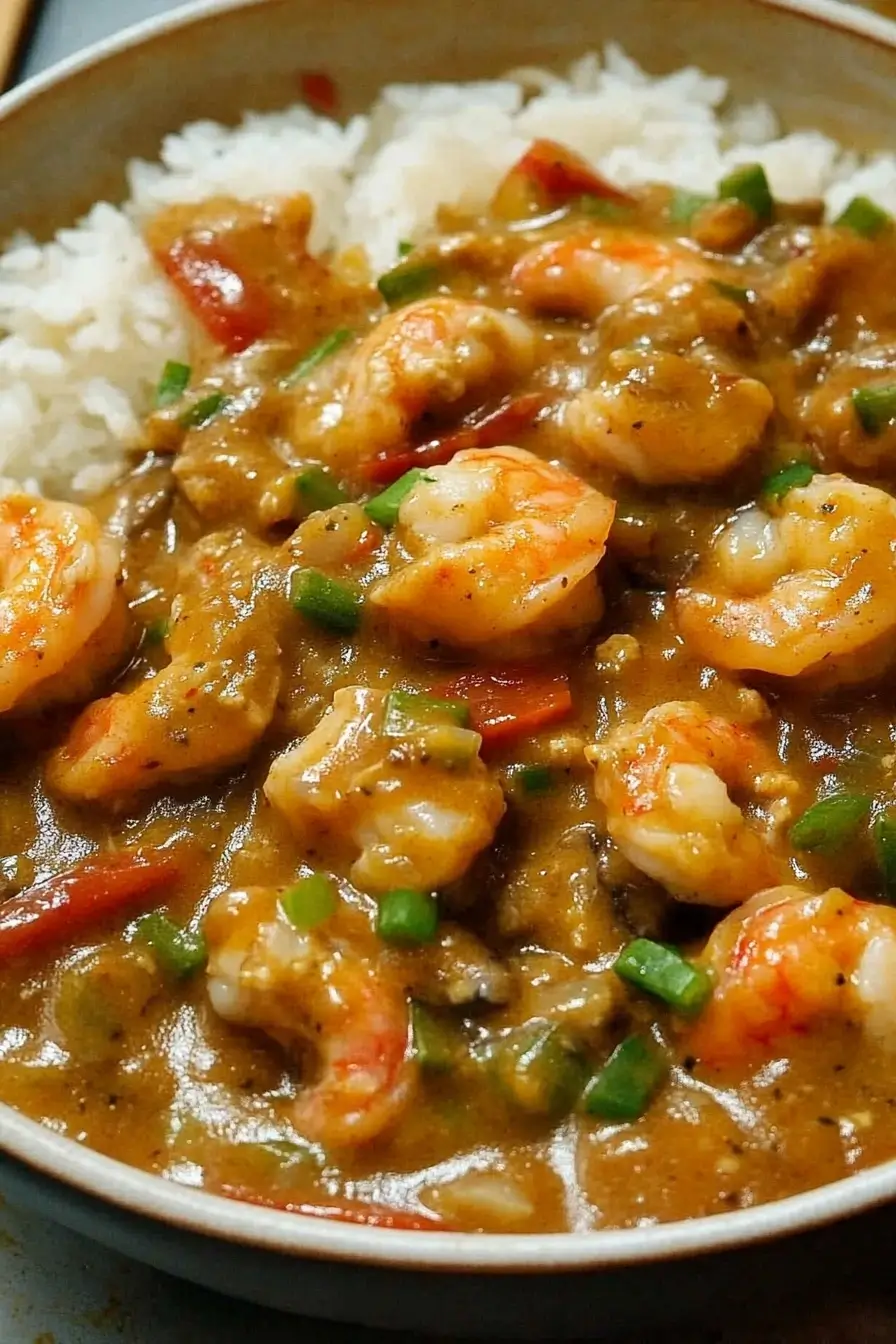
Comments and Reviews